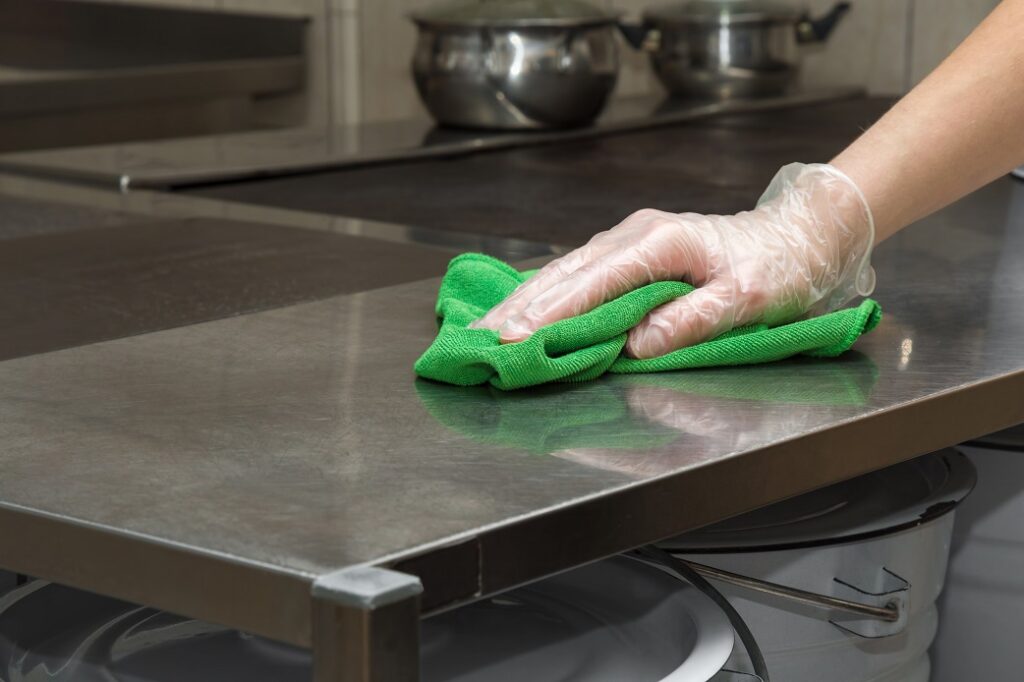Businesses have become much more aware of the requirement to clean surfaces this year due to Covid-19. They have implemented processes and trained staff. But can they be assured staff are consistently cleaning surfaces to remove stubborn biofilm that can hide harmful bugs residing within the biofilm?
Bacteria, fungi, viruses, protozoa and blue-green algae often create their own living space, or “biofilm”, to support their long-term survival, propagation and spread. While your body relies on bacterial biofilms for normal survival and health, not all biofilms are beneficial.
Most biofilms are formed within water, however recent studies have shown that biofilms also can be formed on dry surfaces, where they have quite different characteristics and survival performance. A dry surface is passive, so survival is easier for the superbug. When we go and clean the surface using normal cleaning methods, most of the transient bugs will be removed, but not the biofilm and not the resident bugs within the biofilm.
Research and testing has found biofilms (mostly containing superbugs) on nearly 90% of all high-touch objects and surfaces within intensive care units. This finding of the presence of dry surface biofilms has proved to be a worldwide problem. The biofilms created by these microbes, on all sorts of surfaces, demonstrate a remarkable resistance to cleaning and disinfecting. Alarmingly the bugs hidden within the biofilms demonstrate an even greater capacity to resist antimicrobial treatments including antibiotics and disinfectants.
Problems of a biofilm on surfaces include
- many persistent and chronic infections in human and animals
- an increasing resistance to antimicrobials
- spoilage or contamination of food and dairy products
- biofouling of water
- a serious threat for public health globally
Bacteria within a biofilm can be 200 times more resistant to antibiotics. Independent tests have shown that bacteria in a dry surface biofilm have more than 1,000 times more resistance to chlorine disinfectants.
How do you clean and eliminate a biofilm?
Cleaning has never been more important. These biofilms are tenacious and require very specific products to both remove the biofilm and kill off the bad bugs. The bugs want to survive. They may not intend to kill patients, but if substandard cleaning is the approach accepted, then patient morbidity and mortality may be a consequence of their survival.
At the same time, consumers are demanding safe yet effective solutions that are environmentally sustainable, non-toxic and not harmful to humans, pets, plants and buildings.
Cleaning monitoring is also a critical requirement to get right. We need to ensure that both qualitative and quantitative systems of monitoring are routinely employed to ensure cleaning compliance is achieved.
Do you need to rethink your cleaning methods? We can train your staff to efficiently and effectively clean surfaces to reduce the likelihood of bugs hiding within a biofilm. Contact us now to organise a complimentary analysis.

